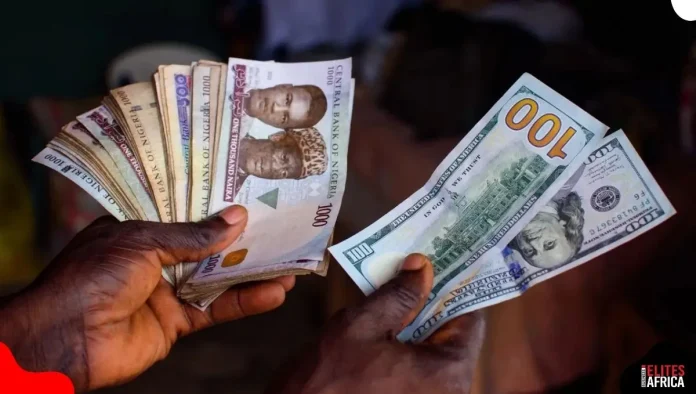
On April 13, 2023, Brazil’s President Luiz Inácio Lula da Silva asked a bold question in Shanghai: “Why must global trade rely on the dollar?” It’s a question many developing countries have quietly wondered about.
Yet, despite all the noise about “de-dollarization,” the U.S. dollar still firmly rules global trade and finance.
The Dollar still dominates the world
The dollar remains on top because no other currency offers what it does, trust, stability, and liquidity. According to Paul Blustein’s book, King Dollar (2025), around 60 percent of global central bank reserves are held in U.S. dollars, mostly through U.S. Treasury bonds.
More than three-quarters of global trade outside Europe is done in dollars, and in the Americas, it’s about 96 percent.
Even in everyday transactions, the dollar is everywhere. About 90 percent of currency trades involve the dollar.
That means if a Nigerian company is buying goods from Chile, the deal is likely made through dollars, not naira or pesos.
The U.S. Treasury market, worth over $18 trillion, is the largest and most liquid in the world. Investors can move billions daily without shaking the market. That reliability makes the dollar hard to replace.
Exporters also prefer the dollar because it helps them avoid exchange rate risks. When they get paid in dollars, they can easily convert the money for local use, which increases demand for dollars in foreign exchange markets.
Why the Euro and Yuan Still Lag Behind
Europe’s euro has tried to challenge the dollar, but it faces deep structural problems. The President of the European Central Bank, Christine Lagarde, recently explained that Europe’s growth is slow, its capital markets are fragmented, and there aren’t enough safe government bonds to match the U.S. market.
For the euro to compete, Europe needs to simplify regulations and build a stronger single market.
China’s yuan, meanwhile, has gained attention thanks to Beijing’s Cross-Border Interbank Payment System (CIPS). However, CIPS processes only $90 billion daily, compared to $1.8 trillion through the dollar-based CHIPS system. The yuan’s share of international payments is just 4.5 percent, and it represents only 2 percent of global reserves.
China’s capital controls and limited market openness also make the yuan less attractive. Even countries like Russia and Saudi Arabia have struggled to find what to do with the yuan or rupee payments after trading in local currencies. The issue isn’t selling oil or goods, it’s how to use the proceeds afterward.
What this means for Africa
For Africa, the dollar’s dominance cuts both ways. On one hand, it simplifies trade. On the other, it makes economies vulnerable when the dollar rises.
When the U.S. Federal Reserve hiked interest rates in 2022, African countries felt the shock. Dollar debts became costlier, and import prices soared. Egypt’s wheat prices rose 112 percent between 2020 and 2022, while in Ethiopia they jumped 176 percent. Ghana’s borrowing costs shot from 8 percent in 2016 to over 35 percent by 2022.
These pressures drove inflation and weakened local currencies, hitting ordinary households the hardest.
The way forward
Africa can’t ignore the dollar overnight, but it can learn to depend on it less. The lessons from Asia’s post-1997 financial crisis offer a roadmap, known as the “Tokyo Consensus.”
Key steps include:
- Building large foreign reserves to reduce dependence on external help.
- Strengthening financial regulations and central bank independence.
- Encouraging borrowing and investment in local currencies.
- Managing exchange rates to stabilize trade and limit shocks from dollar volatility.
Countries like Malaysia and India have used these strategies successfully. As Dr. Zeti Akhtar Aziz, former governor of Malaysia’s central bank, noted, building strong domestic markets takes time and political will, but it pays off.
Africa’s Path to Stability
For African nations, the solution lies in strengthening local institutions, empowering central banks, and creating safer, deeper local capital markets. The goal isn’t to abandon the dollar, it’s to make African economies more resilient to its swings.
As former U.S. Federal Reserve Chairman Paul Volcker once said, “The exchange rate is the most important price in an economy.”
If African countries can manage this “most important price” wisely, they can shield themselves from global shocks, attract sustainable investment, and lay the foundation for long-term growth.


